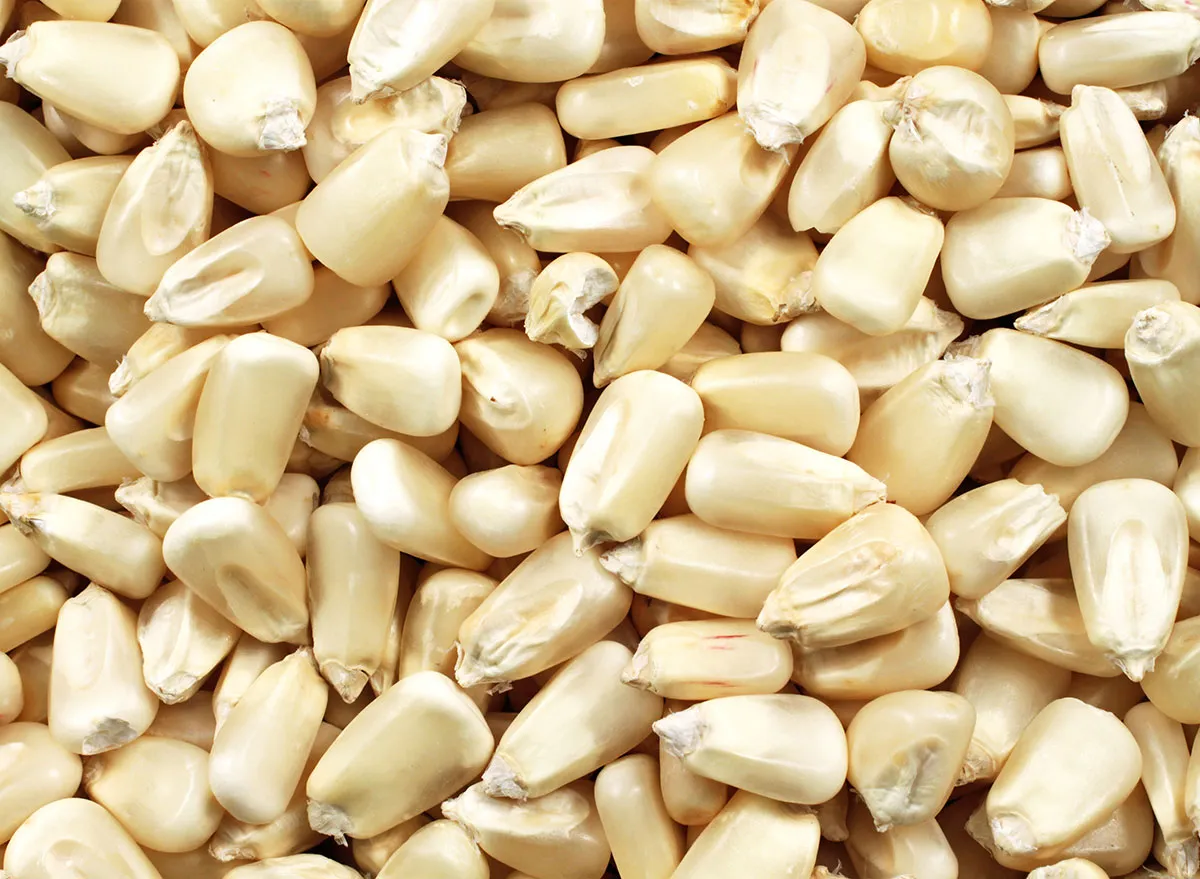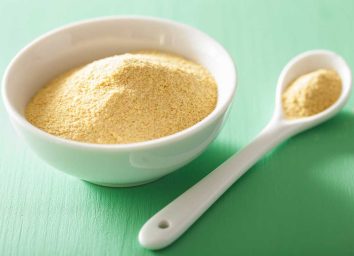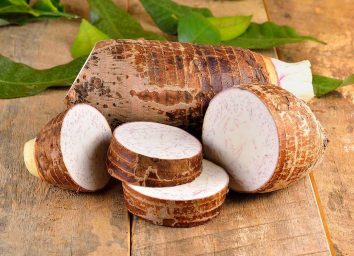What Is Hominy and Why is it a Superior Version of Corn?

Picture corn—but now imagine if it tasted 10 times better than it already does. You've just conjured up images of hominy, the workhorse of Southern and Central American recipes and an important part of their culinary history.
These mighty kernels are used in soups, stews, drinks, and most notably, taco shells. They make an excellent pantry staple to stock up on. But it's not just the flavor that makes it a superior version of corn, it's also the nutrition.
Here's what you need to know to get started with the puffy grain, and why you'll be hot for hominy after one try.
What is hominy?
Perhaps you've heard the term "nixtamalization" pertaining to Mexican cuisine, and wondered what it meant. It's a process that has to do with softening corn using lye and limestone, and has been in practice for thousands of years. During this process, corn kernels separate from the hull and soften and grow in size. The end result is hominy.
Uncooked hominy kernels tend to be larger than corn kernels thanks to the soak they get in the alkaline mixture, and end up measuring around the size of a quarter. They're toothier than corn kernels as well, with a pleasing puffy texture that beats getting corn on the cob stuck in your teeth. And don't worry—the lye gets scrubbed out, leaving the hominy with a mild, earthy taste (and not a metallic one).
How do the health benefits stack up?
Hominy is a grain, so while it's not packed with protein, it's low in fat and helps you get in those all-important whole grains. Nutritionally, it's pretty similar to corn. What makes it a better version of corn is the nixtamalization process which helps release more of its nutrients—niacin, or vitamin B3, gets separated from the corn so that it can be digested more easily.
In its natural form, hominy can be suitable for a gluten-free diet.
How to use it
You can find canned hominy at the grocery store, or buy it dried and cook it like beans (despite the fact that it isn't actually a bean). Note that you might encounter both white and yellow hominy, the latter of which tends to be sweeter.
One of the classic ways to use it is by making posole, a hearty Mexican stew that primarily contains the toothy kernels and meat (often pork). It's also ground up for grits and turned into masa flour, which is used in essential crowd-pleasers like tortillas and tamales, or used to thicken soups and stews.
Bottom line: Time to try hominy?
If you even vaguely like the taste of corn, you should definitely give hominy a taste. On the other hand, if you don't like corn, maybe you'll find hominy more suited to your taste. Besides its taste and health benefits, the nixtamalization process it goes through is an interesting and important part of culinary history, and you'd be remiss not to give the end result a try. At the end of the day, we can all thank hominy for the magic that is a warm corn tortilla.








